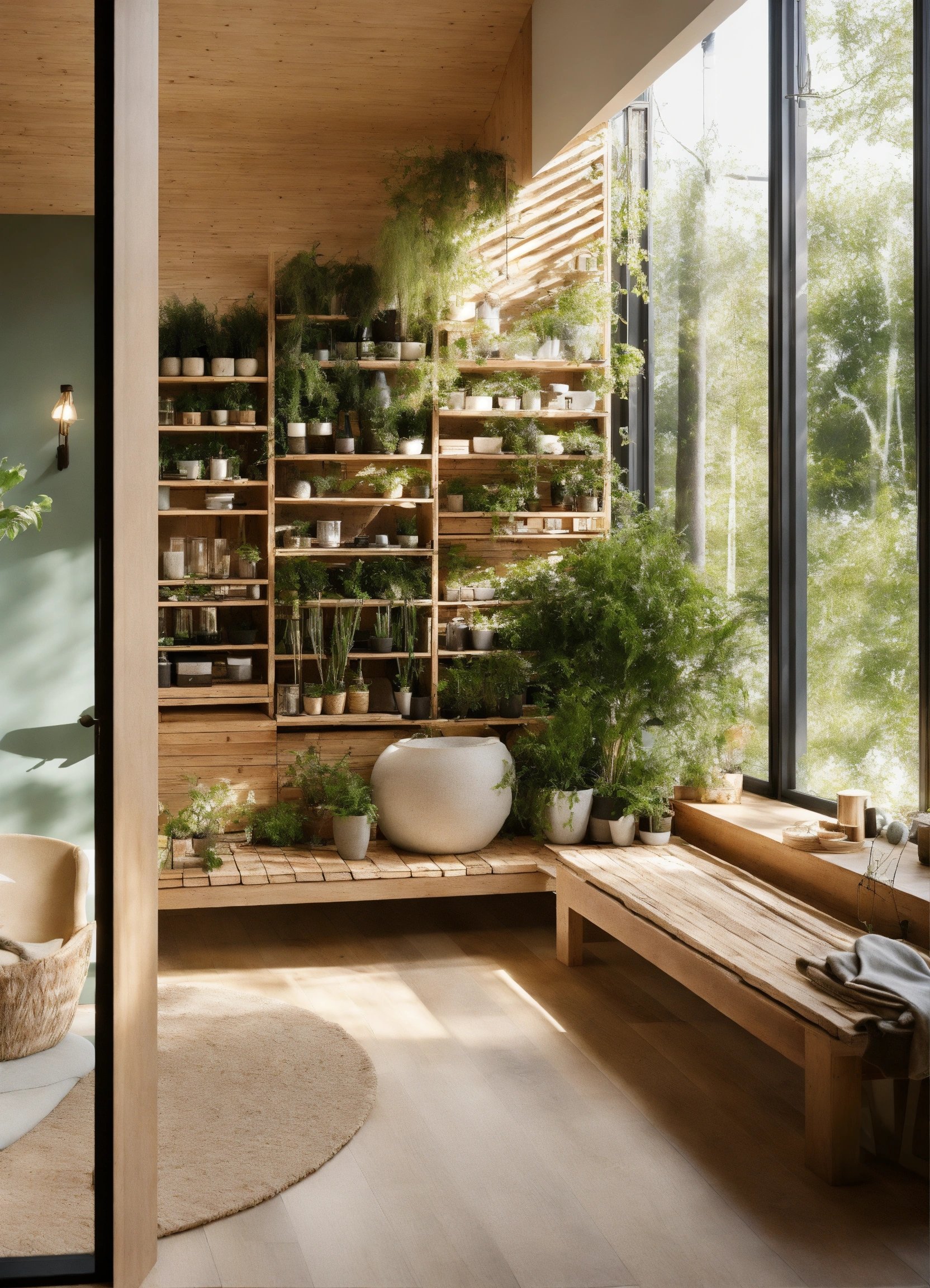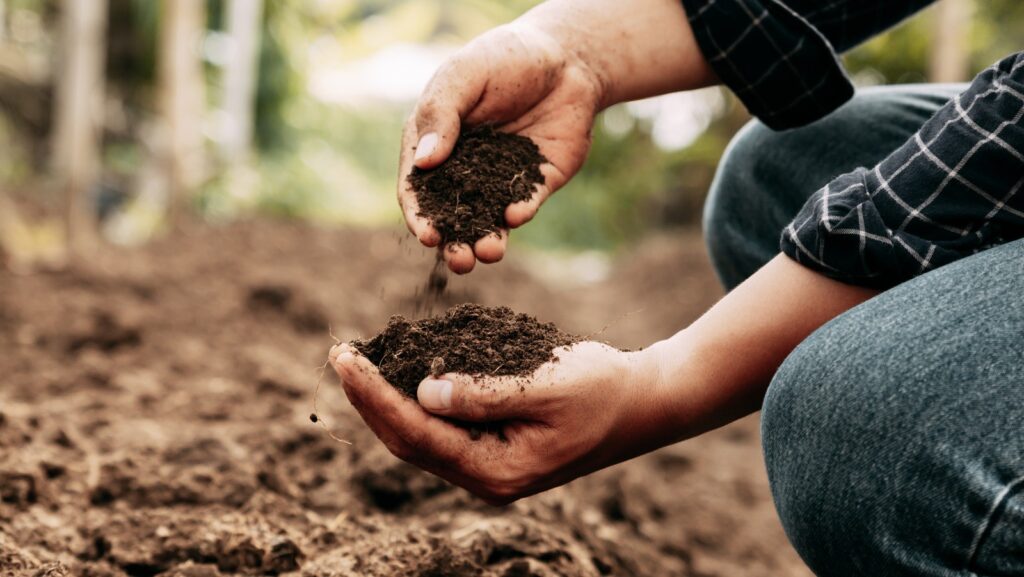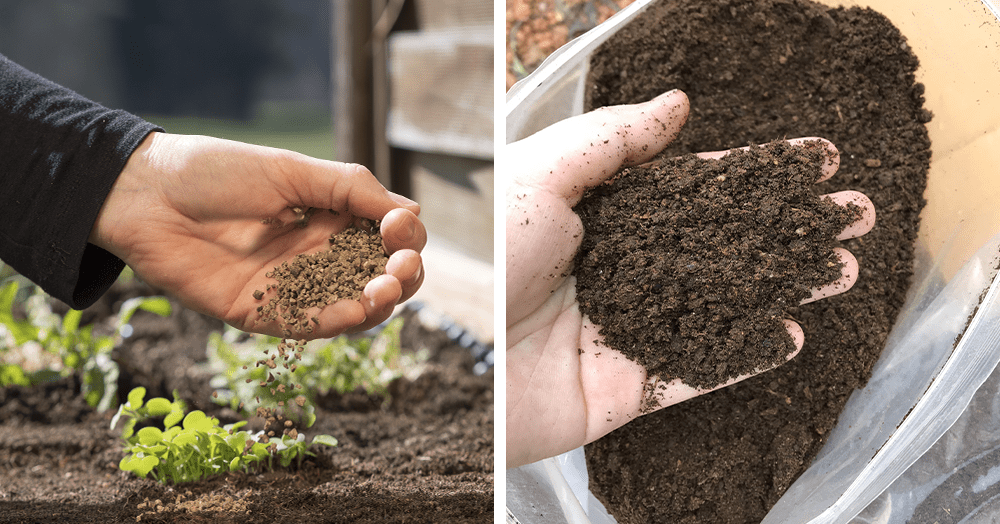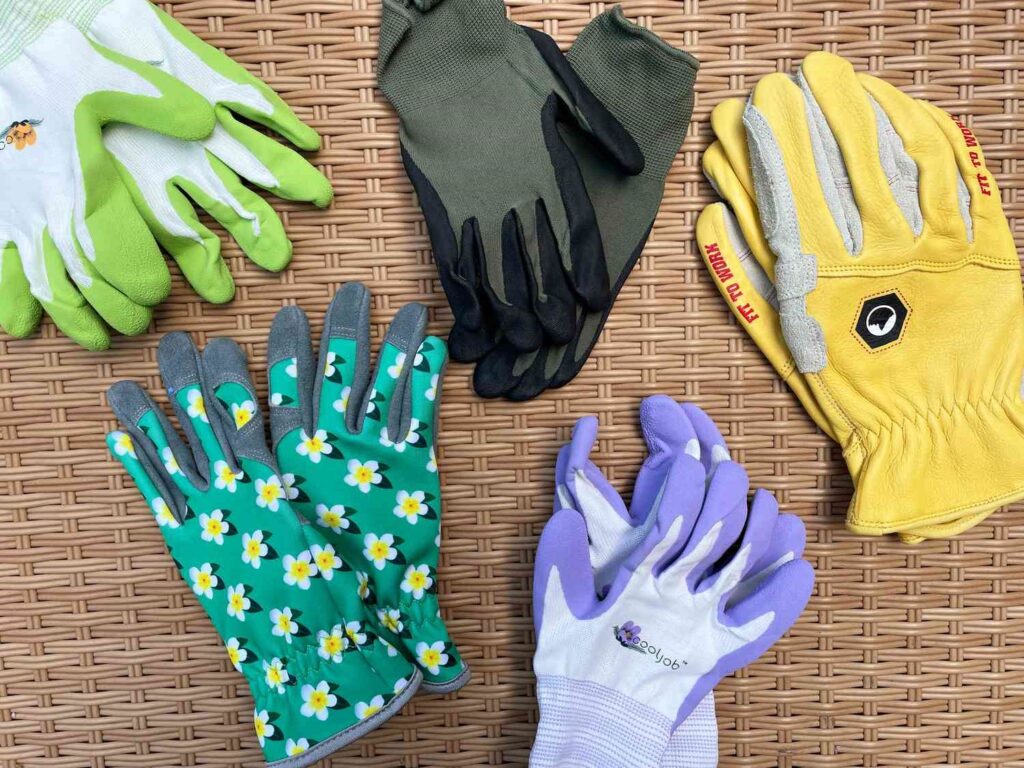Indoor gardening has become increasingly popular in recent years, as more people enjoy cultivating herbs and vegetables in the comfort of their own homes. Whether you’re a seasoned gardener with limited outdoor space or a beginner looking to start a green journey, indoor gardening has a lot of advantages. In this comprehensive guide, we will delve into the world of indoor gardening, with a focus on growing herbs and vegetables in containers to bring the beauty of the garden into your home.
Choosing the Right Containers:
The first step toward successful indoor gardening is choosing the appropriate containers. Choose containers with enough drainage holes to avoid overwatering and help your herbs and vegetables thrive. Consider the size of the containers, taking into account the space requirements of the plants you want to grow.
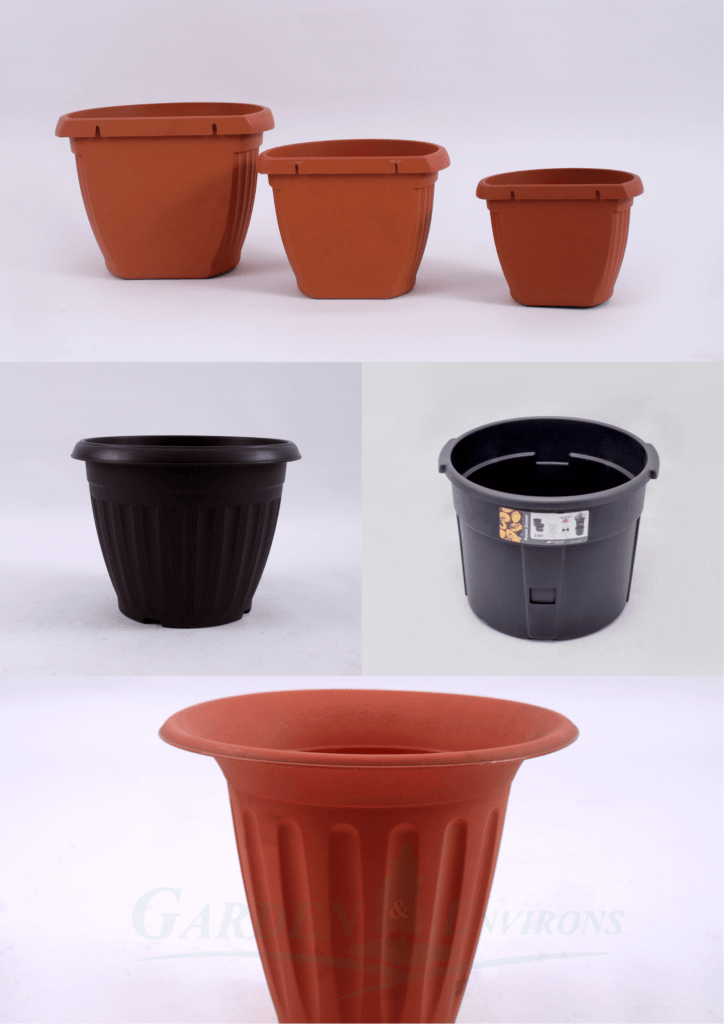
Selecting the Ideal Herbs and Vegetables:
Indoor cultivation does not treat all herbs and vegetables equally. Choose plants that are ideal for container gardening, such as basil, mint, cherry tomatoes, and peppers. Consider sunlight requirements, growth patterns, and the possibility of indoor adaptation.
Providing Adequate Light:
Light plays an important role in the success of your indoor garden. To get the most sunlight, place your containers near south-facing windows. If necessary, supplement natural light with artificial grow lights to ensure that your plants get enough light to grow properly.
Developing a Nutrient-Rich Environment:
Indoor plants rely heavily on the nutrients in their potting mix. Choose a high-quality potting soil rich in organic matter, and fertilize your herbs and vegetables on a regular basis. To promote optimal growth, take into account each plant’s specific nutritional requirements.

Watering Wisely:
Overwatering is a common problem in indoor gardening. Set a regular watering schedule and allow the soil to dry slightly between waterings. To prevent soil compaction, use a watering can with a fine spout that distributes water gently and evenly.
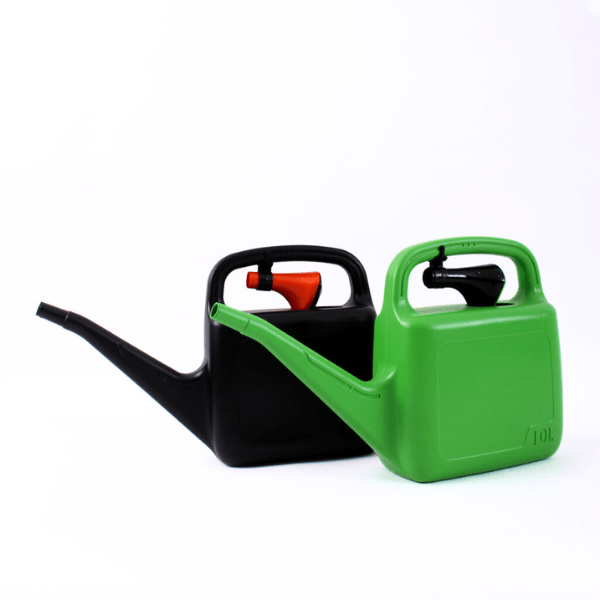
Managing Temperature and Humidity:
Temperature and humidity levels can vary within an indoor environment. Most herbs and vegetables prefer a stable temperature and moderate humidity. Keep your indoor garden well-ventilated and monitor temperature and humidity levels to create a comfortable microclimate for your plants.
Pruning and Harvesting Techniques:
Regular pruning promotes bushier growth and keeps your indoor garden from becoming overgrown. Harvest herbs and vegetables at their peak maturity to get the most flavor and nutritional value. To make precise cuts, use sharp, clean scissors or shears.
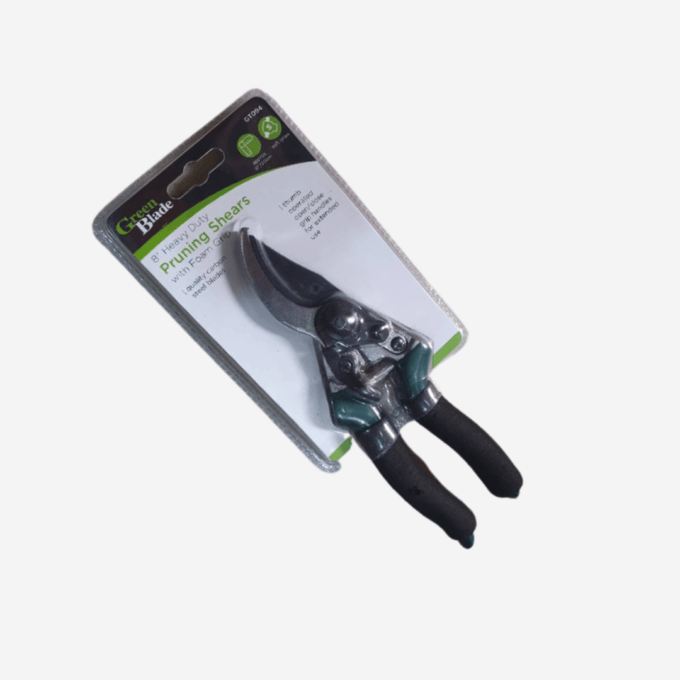
To summarize, indoor gardening allows you to grow fresh herbs and vegetables, creating a green oasis in your home. You can enjoy a bountiful harvest all year by carefully selecting the right containers, appropriate plants, and providing proper care. Accept the therapeutic benefits of maintaining a thriving indoor garden and enjoy the flavors of homegrown herbs and vegetables right at your fingertips. Happy gardening!

